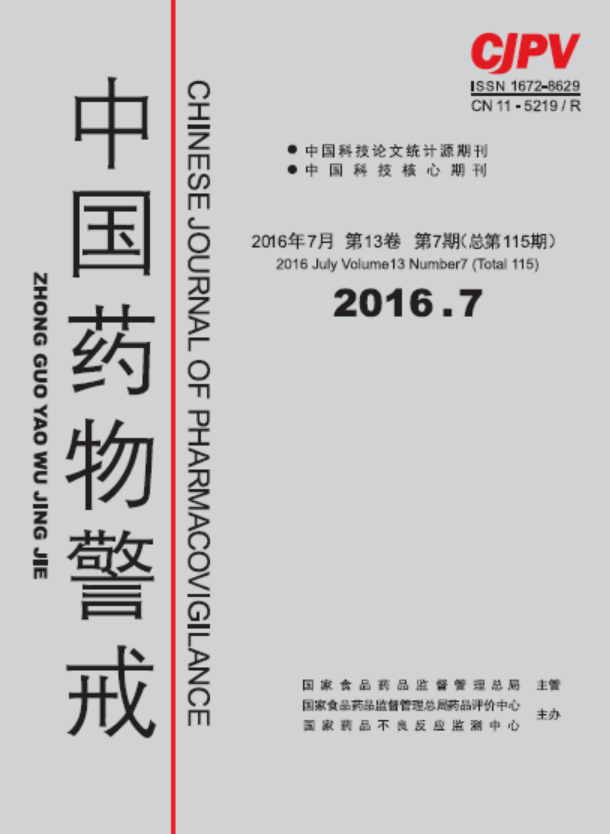|
|
Anti-virus Effects and Mechanism of Yinsongxiang Mixture in Vitro
LIU Hong, YANG Hong , NING Zhen-xing, DI Sha, KONG Ran, LI Xian-yu, NONG Li-zheng, WU Yan, HUANG Dong-ye, HU Zhi-zhong, XU Shi-lei, LIAO Chao-zhi, YANG Long-yan
2016, 13(7):
394-397.
Objective To explore the antiviral activities and mechanism in vitro of the Yin-song-xiang. Methods The virus inhibition effects of Yinsongxiang on influenza A virus FM1 strain (strain of HPR8 (H1N1) subtype), parainfluenza virus 1 (PIV-1), HSV-1 infected (HSV-1), chimpanzee coryza agent (RSV), coxsackie B virus 4 (CoxB4) were examined in vitro, and the effects of Yinsongxiang to the release of inflammatory cytokines induced by influenza viruses were detected through multiplex bead analysis and its underlying mechanisms were analyzed. Results Research showed Yinsongxiang had a certain inhibition effect on the 5 kinds of viruses. Yinsongxiang could significantly reduce the release of various cytokines such as IL-2, IL-4, IL-5, IL-6, IL-18, TNF-a, IFN-g and GM-CSF (P < 0.05, P < 0.01) of A549 cells induced by influenza virus. Conclusion Yinsongxiang had inhibition effects on the 5 virus. Its potential mechanism may be related to its inhibition on the release of various inflammatory factors and alleviation on inflammatory injury.
References |
Related Articles |
Metrics
|

